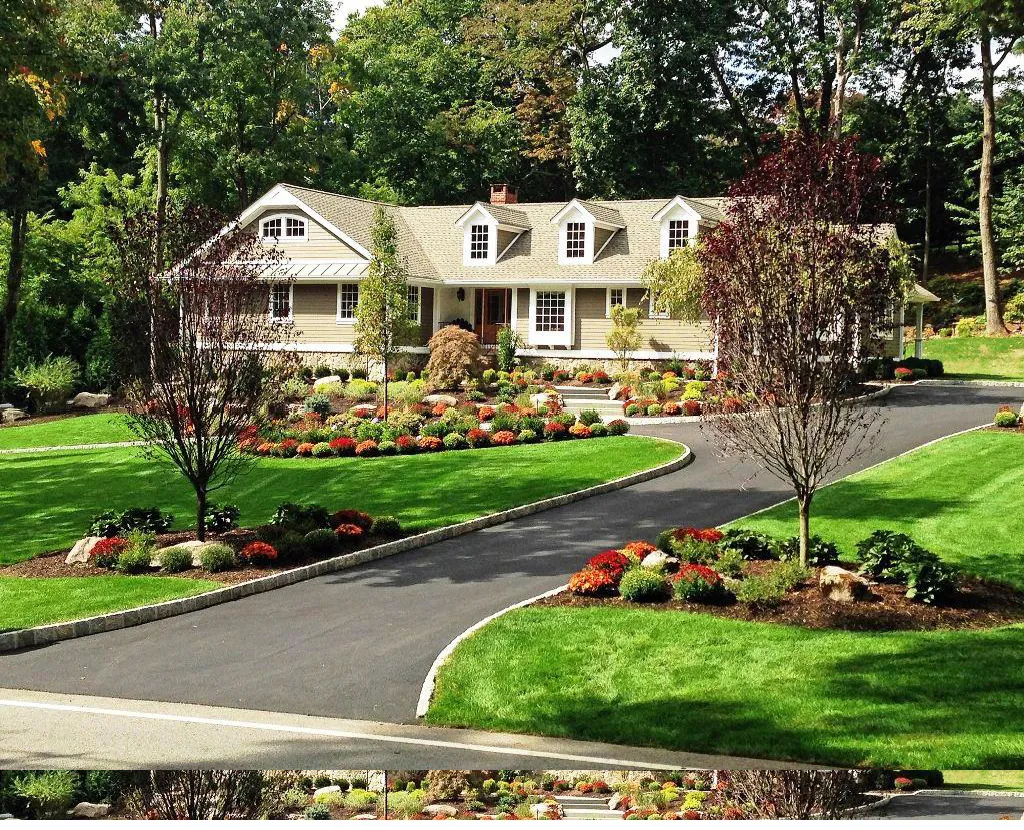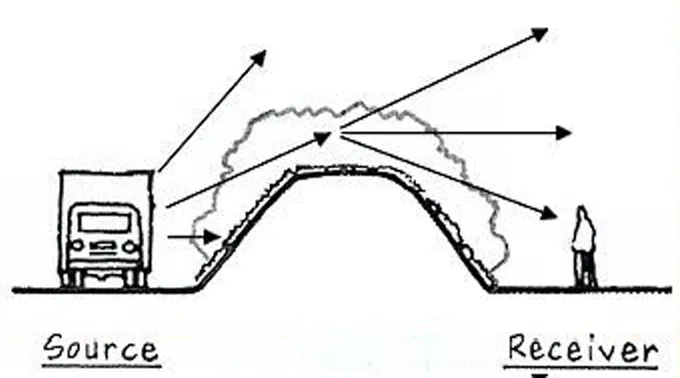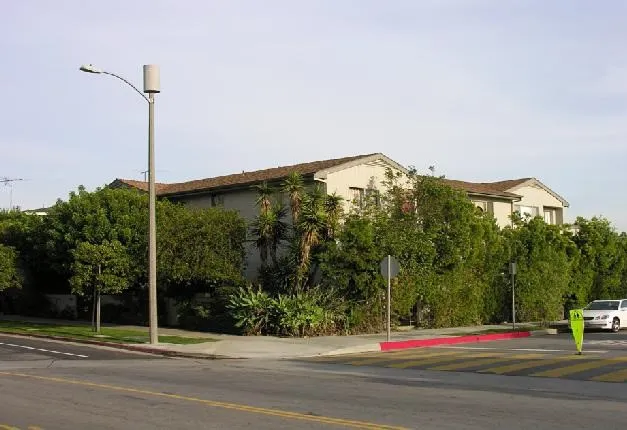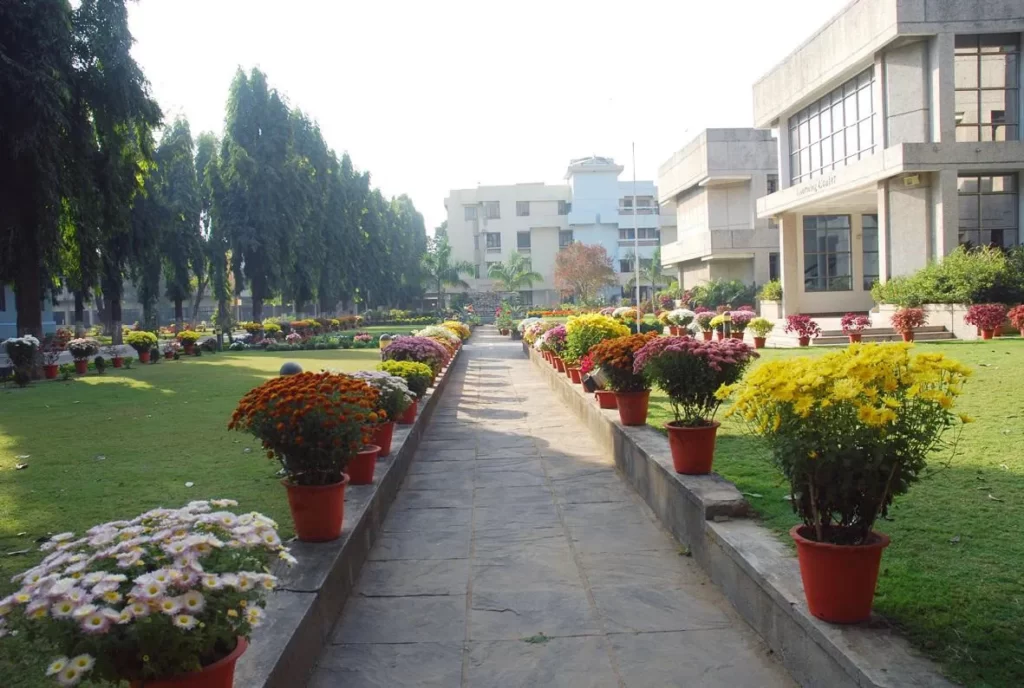If you want to know about the nature with landscape or types of gardens or Japanese landscape or introduction of landscaping and its role, please click the link.
Landscaping refers to the art and practice of modifying and designing the outdoor environment to create functional, aesthetic, and sustainable spaces. This can include a variety of elements, such as plants, trees, hardscaping (e.g., walkways, walls, and patios), water features, and lighting.
The role of landscaping is multifaceted. First and foremost, it can enhance the beauty and appeal of a property. By carefully selecting and arranging plants and other elements, landscapers can create a visually striking and harmonious space that complements the architecture of a building and its surroundings.
1) What is landscaping?
- Activity that modifies the visible features of an area of land.
- Improves the aesthetic appearance of the area by Changing its contours, adding ornamental features or planting trees and shrubs.
- Landscaping is to preserve or create a pleasing site character by bringing all the elements of landscape or its part into harmony.
- It enhances entrance and open space around the building.
2) Landscaping for small residential

- Water body, Lawn, sit out Space, Hedges along road, Terrace Garden, Hill in background, Plants in Garden, Trees to provide shade, facility for sports.
3) Landscaping for institutional building

- Primary school with Trees, Plants, Lawns, pathway facility, Play area etc.
4) Landscaping for commercial building

- Defined path with hedges on Sides, performance area, Sitting area with Street furniture, Fountains, pool area
5) Types of landscape
- Natural Landscape
- Man-made Landscape
i) Elements of natural landscape
- Landform- Mountains, Hills, caves
- Water- Sea, River, Water fall, Lake
- Vegetation- Forests

ii) Elements of man-made landscape
- Landform- Mounds, Hills
- Water- Lakes, Ponds, Fountain
- Vegetation- Trees and plants
- Artificial lights

6) Role of landscape in built environment
- It supports the health of the human being by encouraging outdoor physical activity and an antidote to stress.
- Offers Aesthetic enjoyment, Escapism (Avoidance from Unpleasant and boring reality of site).
- It gives a sense of belongings to the area with a distinct natural and cultural identity.

- It provides cooling in summers by shading the walls and evaporative cooling.
- Reduction in chances of entry of dust to interior of building.
- Sun rays allowed to hit the exterior walls during winters.

- Decrease of runoff beneficial for ecological sustainability.

- It acts as barrier to noise from outdoors.

- Acts as screen to provide privacy.

- Path articulation.
- Interest creation in long pathways.

- Background to the building.

- Ground space definition – By planting the tree along property line defines the particular space.

Finally, landscaping can increase the value of a property. A well-maintained and attractive landscape can make a property more desirable to potential buyers, increasing its resale value.